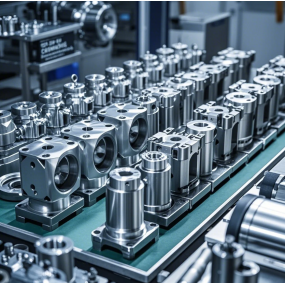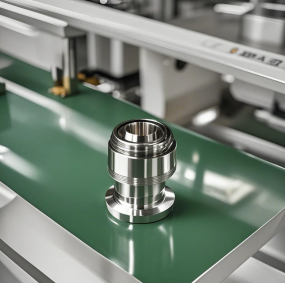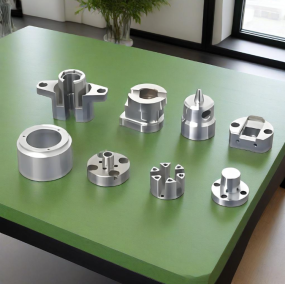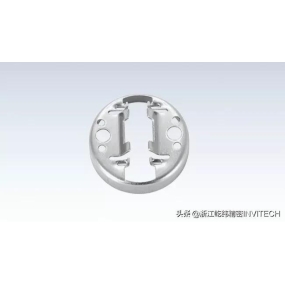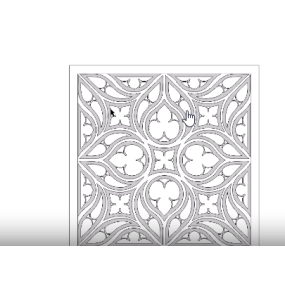Hardware processing is to use raw materials (stainless steel, copper, aluminum, iron), lathes, milling machines, drilling machines, polishing and other machinery to process into various parts according to customer‘s drawings or samples, such as: screws, motor shafts, model car parts, fishing gear accessories, dog bones. Hardware processing process: One is to open the material according to the production needs. After opening, some small parts can be punched and then cut or CNC processing. This is a lot in the production of glasses accessories and auto parts. And to make containers, it is almost to open the material punch and then weld, then sand and spray oil, and then assemble the accessories to ship. And for small parts, there are also a lot of surface treatment after grinding, electroplating or oil injection. Then welding or screwing, assembly, packaging and shipment. Hardware processing methods include turning, milling, planing, grinding, pliers, stamping, casting and other methods. Stamping: Stamping uses pre-made dies for cold stamping with a punch, mainly for Sheet Metal Processing, that is, most of the processed materials are plates, and the processing efficiency is relatively high and suitable for mass production. The processing technology is divided into engineering molds and continuous molds. Engineering molds are also called single stamping molds. Some more complex parts use several sets of molds, while continuous molds split the shape of the product into several parts in the cavity of the mold, so that one stroke of the punch is a finished product. The high-speed continuous punch machine can process three or four hundred products per minute. Lathes: Lathes are precision machining machines, which are divided into ordinary lathes, automatic lathes, instrument lathes and computer lathes. It rotates by clamping the material and performing radial or axial machining by the lathe. Now automatic lathes and computer lathes are more and more widely used. Because these two are fully automatic machining, the accuracy error caused by human operation is reduced to the bottom point, and the processing speed is fast, for large-scale production. Most of today‘s computer lathes are equipped with side rotary tools and back rotary tools, which means that the lathe can also be milled. The surface roughness of the lathe is about Ra0.4-1.6.
Hello! Welcome to EMAR's website!
 English
English » »
» »
 Spanish
Spanish Arabic
Arabic French
French Portuguese
Portuguese Belarusian
Belarusian Japanese
Japanese Russian
Russian Malay
Malay Icelandic
Icelandic Bulgarian
Bulgarian Azerbaijani
Azerbaijani Estonian
Estonian Irish
Irish Polish
Polish Persian
Persian Boolean
Boolean Danish
Danish German
German Filipino
Filipino Finnish
Finnish Korean
Korean Dutch
Dutch Galician
Galician Catalan
Catalan Czech
Czech Croatian
Croatian Latin
Latin Latvian
Latvian Romanian
Romanian Maltese
Maltese Macedonian
Macedonian Norwegian
Norwegian Swedish
Swedish Serbian
Serbian Slovak
Slovak Slovenian
Slovenian Swahili
Swahili Thai
Thai Turkish
Turkish Welsh
Welsh Urdu
Urdu Ukrainian
Ukrainian Greek
Greek Hungarian
Hungarian Italian
Italian Yiddish
Yiddish Indonesian
Indonesian Vietnamese
Vietnamese Haitian Creole
Haitian Creole Spanish Basque
Spanish Basque


